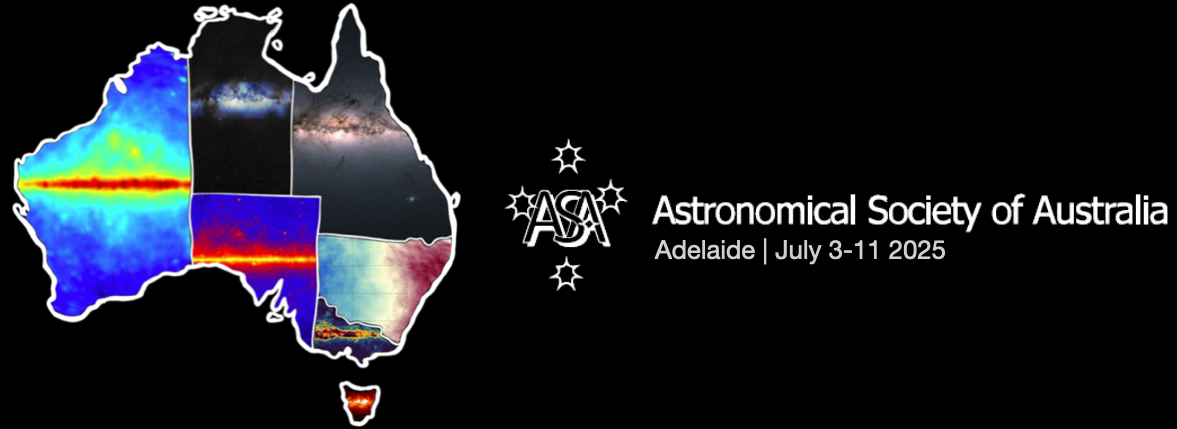Speaker
Description
Stellar streams – formed through the tidal disruption of dwarf galaxies and star clusters – can tell us about the nature of their progenitors as well as the distribution of mass inside their orbits. The Southern Stream Stellar Spectroscopic Survey (S5) employs the Anglo-Australian Telescope (AAT) to study stellar streams, using photometric and proper-motion data to identify candidate member stars, while also using low-resolution and high resolution spectroscopy to obtain radial velocities and abundance information. To date, S5 has explored stream membership, orbit models and progenitors of over a dozen streams in detail. I will present an in-depth study and comparison of two metal-poor, distant dwarf galaxy stellar streams originally identified in the Dark Energy Survey: Elqui and Turranburra. Both streams are rather distant, with Elqui at a Galactocentric distance of 52 kpc and Turranburra at 28 kpc. In previous work, both streams have been found to have moderately high velocity dispersions and low mean metallicities, implying that their progenitors were relatively low-mass – potentially ultra-faint – dwarf galaxies. I will discuss the stellar populations and orbital modelling of these streams and how they relate to the previously studied streams in the Galactic halo. By studying the orbits, chemical compositions, and stellar populations of these streams, we refine our understanding of how the Milky Way has grown through the accretion of dwarf galaxies. This research also sheds light on the mechanisms driving galaxy formation, such as hierarchical mergers, tidal stripping, and the role of dark matter in structuring the cosmic web.

